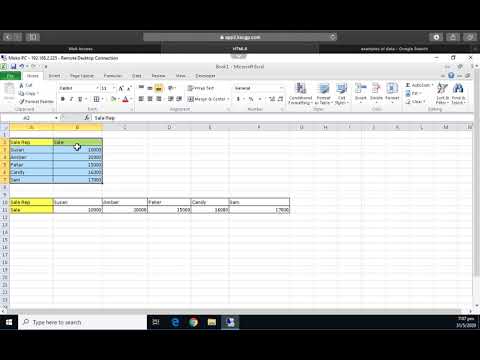How to Name an Excel Sheet: Tips and Tricks

Have you ever created an Excel workbook with multiple sheets and found yourself struggling to keep track of all the tabs? Proper sheet naming can significantly enhance your spreadsheet experience, making data navigation and organization a breeze. Whether you're an Excel novice or an advanced user, mastering the art of naming Excel sheets effectively is crucial for productivity. In this comprehensive guide, we'll explore various tips and tricks for naming Excel sheets to streamline your work and boost your spreadsheet efficiency.
Why is Sheet Naming Important?

Before diving into the specifics of sheet naming, it’s essential to understand its importance:
- Clarity: Descriptive names make it easy to identify what each sheet contains at a glance.
- Organization: Well-named sheets help organize your workbook, reducing the time needed to find specific data.
- Collaboration: If you’re working with a team, clear naming conventions ensure everyone can navigate the workbook efficiently.
- Professionalism: A clean, well-organized workbook leaves a positive impression on colleagues or clients.
Basic Guidelines for Naming Excel Sheets

Here are some foundational rules to keep in mind:
- Keep names short but descriptive.
- Avoid spaces if possible, as they can sometimes cause issues with formulas or macros. Use underscores or camelCase instead.
- Limit names to 31 characters, as Excel has a character limit for sheet names.
- Do not use characters like \, /, *, ?, [, or ] in names as these can cause errors in formulas or macros.
Advanced Tips for Effective Sheet Naming

1. Use a Date Naming Convention

If your workbook contains data over time, consider incorporating dates into the sheet names:
- Use the format ‘YYYY-MM-DD’ for chronological sorting.
- Example: ‘Sales_2023-10-01’, ‘Sales_2023-10-02’.
2. Implement Prefixes or Codes

Assign a code or prefix to categorize sheets:
- Example: ‘PROD_Q1_Report’, ‘PROD_Q2_Report’, or ‘R_Budget_2023’ for ‘Reports’ category.
3. Utilize Excel Features for Dynamic Naming

Leverage Excel’s built-in features:
- Named Ranges: Use this for dynamic sheet naming based on cell values.
📝 Note: You can reference a named range in formulas, which could update sheet names automatically.
- VBA Macros: Write a macro to automate sheet naming, especially for standard processes.
4. Color Coding and Sheet Order

While not a naming convention, color coding tabs can complement your naming strategy:
- Assign colors to different categories or time periods.
- Sort sheets chronologically or thematically.
5. Special Characters and Symbols

Although limited, using certain symbols can enhance readability:
- Use an underscore (_) for readability: ‘Input_Raw_Data’.
- Avoid symbols that can be confused with data or commands: <, >, =, +, -.
Tables for Visual Reference

| Naming Practice | Example |
|---|---|
| Short and Descriptive | Sales, Budget |
| CamelCase | AnnualSalesReport, MonthlyExpenses |
| Date Inclusion | Report_2023-09 |
| Prefix/Codes | PROD_Summary, HR_Report |

💡 Note: Consistent naming practices across workbooks enhance usability when sharing or transferring data between documents.
As we wrap up this exploration of Excel sheet naming, we've covered the essentials from basic guidelines to advanced techniques like dynamic naming with VBA. By implementing these tips and tricks, you can ensure that your spreadsheets are organized, easy to navigate, and professional in appearance. Remember, while Excel doesn't strictly enforce naming conventions, the right approach can transform your data management experience. From reducing errors to speeding up data retrieval, these practices will undoubtedly boost your productivity and make working with Excel more enjoyable.
Can I use spaces in Excel sheet names?

+
While you can technically use spaces, it’s best to avoid them. Spaces can sometimes cause issues with formulas or macros. Instead, use underscores or camelCase for better compatibility and readability.
How long can an Excel sheet name be?

+
Excel limits sheet names to 31 characters. Keeping names shorter helps in maintaining readability and prevents issues with long names in formulas or references.
What are some good practices for naming sheets if I’m using VBA?

+
When using VBA, use meaningful names that are easy to reference in code. Avoid special characters except for underscores, and use camelCase or PascalCase for multi-word names. Also, consider automating sheet naming with macros to ensure consistency.



